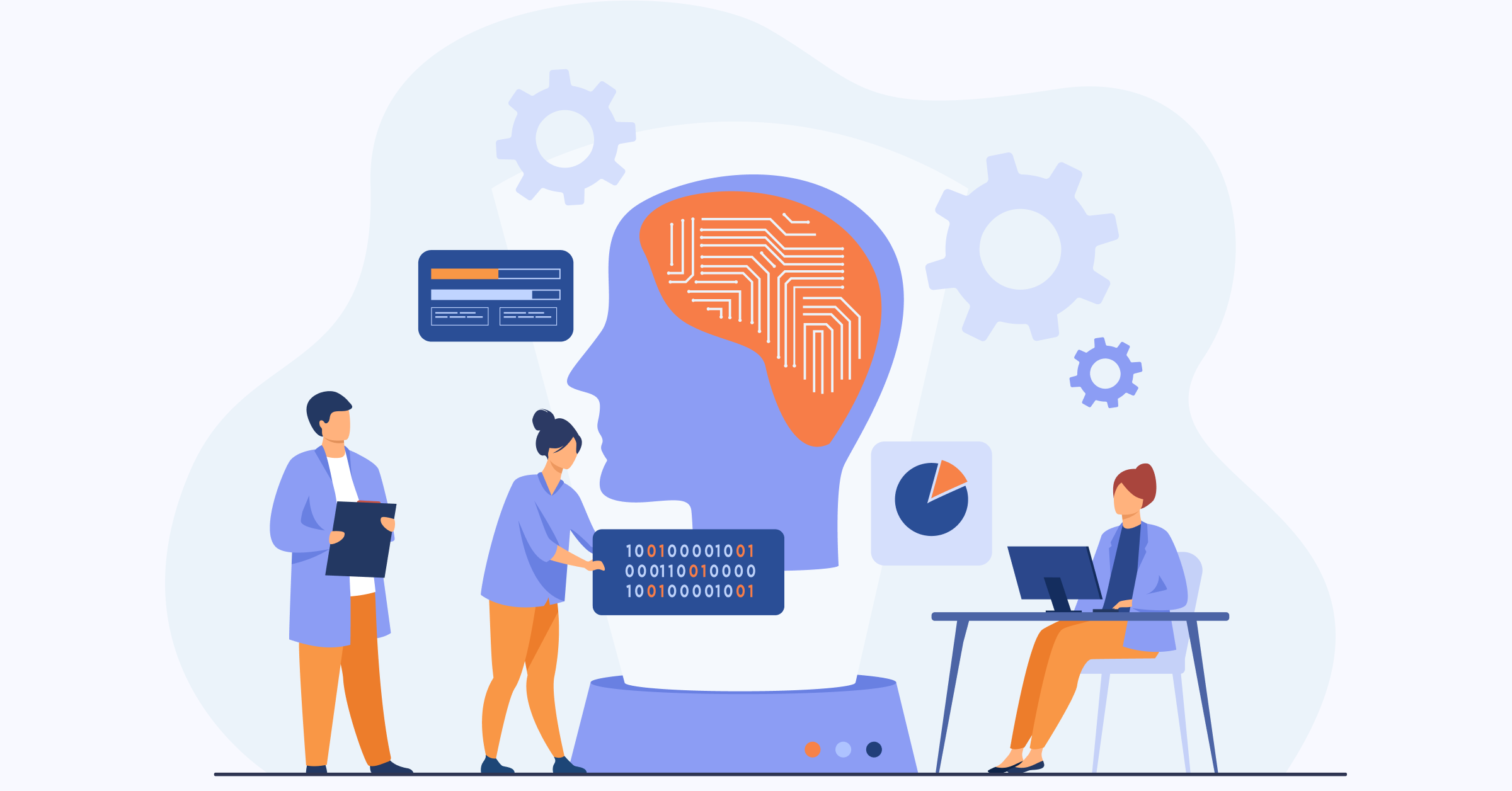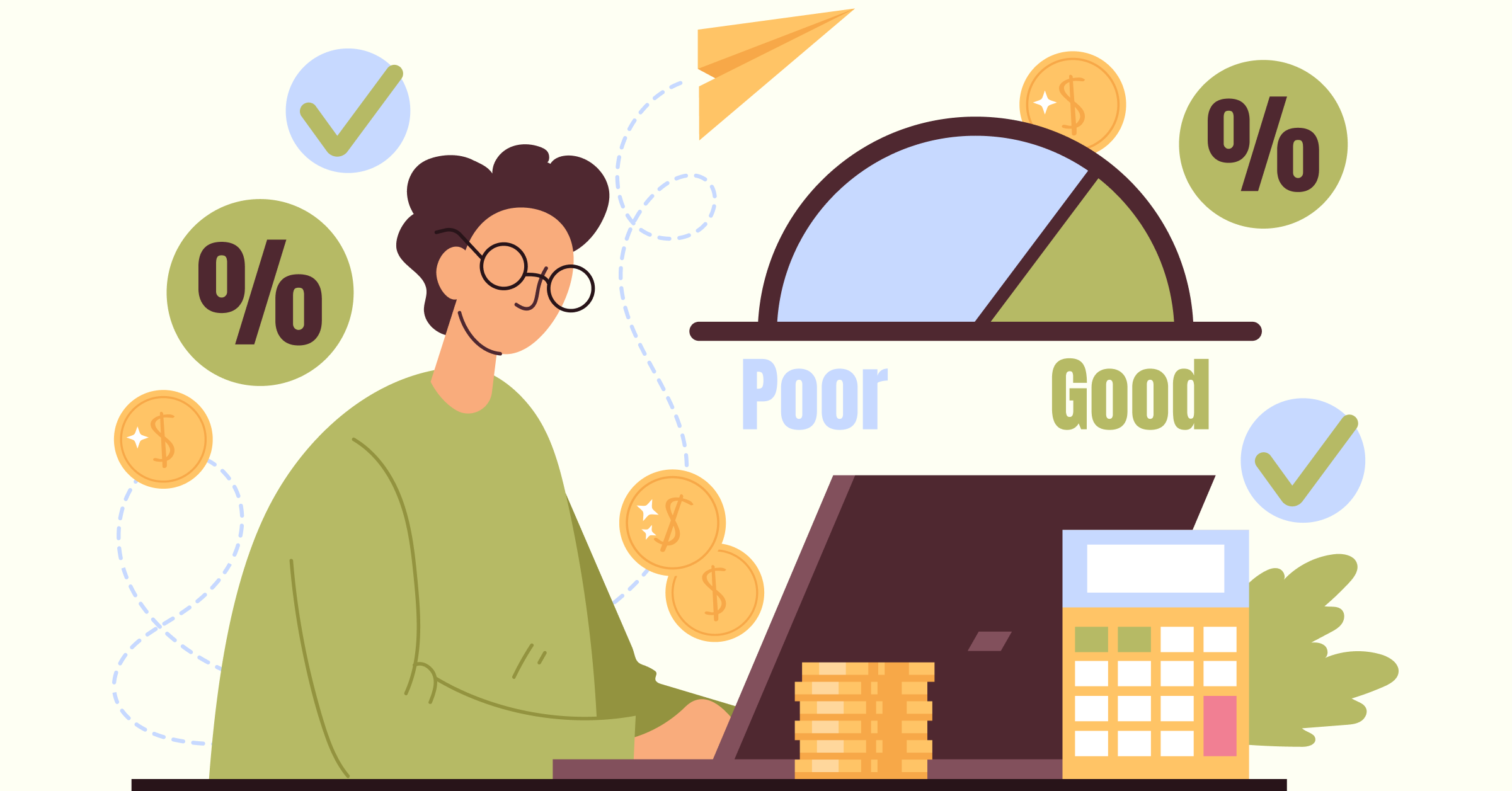Let’s explore these pillars in detail:
1. Personalization
More than half of the marketing professionals swear by prioritizing customer experience to fetch better results. But, how do you do it? Know your customer thoroughly using customer insights. Then it becomes easy for you to recommend the products to the customers you know wouldn’t refuse.
2. Omnichannel Experience
62% of customers want to be able to have brand interactions on various platforms and 77% want the internal team to sync with each other better for a smoother customer experience. Having an omnichannel approach is one of the smart customer experience strategies for your business. So, don’t stop, just do it!
3. Ease of Use
Anything that comes in the way of a customer from having good customer experience should be taken away. It includes running a user-friendly website or app, streamlined navigation, intuitive interfaces and clear instructions that contribute to a frictionless experience. Do not let any hindrance get in the way of your customer from making a purchase.
4. Proactive Customer Support
Providing proactive customer support is crucial for enhancing the overall experience. Businesses should invest in tools and technologies that enable them to anticipate customer needs, resolve issues quickly while also offering personalized assistance. Proactive support helps build trust, reduces customer effort and forges customer loyalty.
5. Continuous Feedback & Improvement
To know where to head, you first need to know how you’ve come so far. In short, seek feedback from your customers to know your shortfall and areas where you can better yourself. It can be done through surveys, customer reviews or social media monitoring. By actively listening, uncover areas for improvement and make necessary adjustments to enhance the overall CX.
6. Employee Engagement
Engaged employees play a significant role in delivering exceptional customer experiences. When employees are passionate, knowledgeable and enthusiastic about the products or services they offer, it translates into positive interactions with customers. A CX model should focus on constructing a culture of employee engagement through proper training and recognition.
7. Emotional Connection
Customers are more likely to become loyal advocates if they feel an emotional connection with a brand. Businesses should aim to evoke positive emotions through their interactions, whether it’s through personalized messages, surprise rewards, or demonstrating empathy during moments of difficulty. Emotional connections build a strong bond with customers and increase their willingness to repurchase as well as recommend a brand.
Examples of Customer Experience Model
Companies across various industries are recognizing the value of prioritizing the needs and expectations of their customers. Let’s explore some well-known examples.
Walt Disney
Walt Disney is synonymous with exceptional customer experience in the entertainment industry. Disney theme parks are designed to create magical experiences for guests with attention to detail, quality service and memorable interactions that keep customers coming back year after year.
JetBlue
JetBlue is known for its customer-friendly policies, such as no change fees and extra legroom on flights. The airline prioritizes customer comfort and satisfaction, earning high marks for its customer experience compared to other airlines in the industry.
USAA
USAA is an exemplary customer-centric bank, prioritizing the needs of military members and their families by offering tailored financial products. USAA provides personalized assistance through multiple channels, including a robust online platform and dedicated customer support. Its commitment to understanding the unique circumstances of its customers sets it apart in the banking industry.
Use Customer Experience Model for Impressive Customer Service
Every business knows that exceptional customer service is crucial for success. It’s not just about selling a product or service, it’s about creating a positive experience for customers that keeps them coming back for more.
Implementing a customer experience model, businesses create memorable and impressive customer service experiences. Remember, the key is to always put the customer at the center of your operations and continually strive to exceed their expectations. With a strong focus on customer experience, your business forge customer loyalty, drive positive word-of-mouth and ultimately achieve long-term success.









